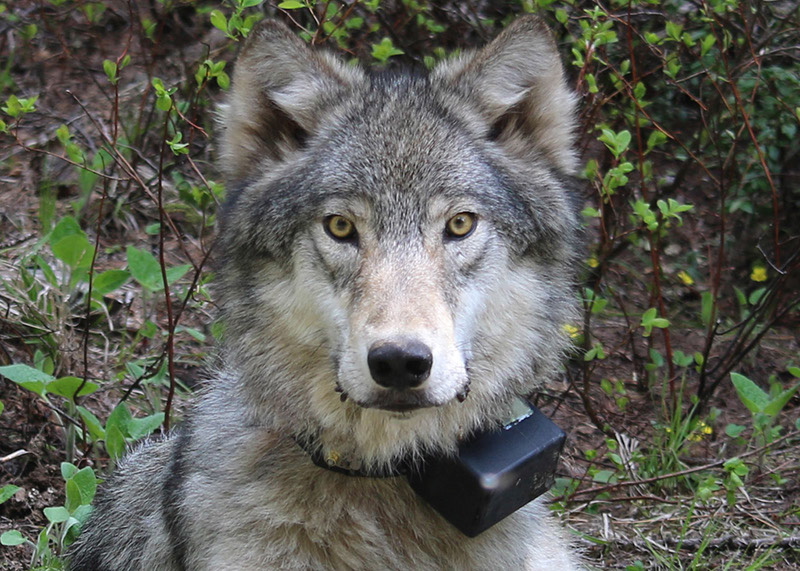Of course the story is not actually this simple, as the tension between wolves and agriculturalists reaches far back into the origins of civilization. This deep-rooted cultural fear and hatred of wolves can seem quite shocking and appalling to those unfamiliar with the history of this struggle. In Oregon, indigenous peoples held no such hatred for wolves, and in fact maintained respectful relationships with them for untold generations. The arrival of European settlers in the early 19th century saw the first acts of aggression in the war between wolf and human, and the first wolf bounty was established in 1843, 16 years before Oregon even became a state. Settlers saw wolves as hunting competition and threats to livestock, and strove to eradicate them from the state entirely by establishing bounties, demonizing them as vicious killers, and grossly exaggerating their danger to humans. By the mid-19th century, the colonizers had achieved their goal: total eradication of wolves in Oregon.
The Endangered Species Act of 1973 effectively made wolf hunting illegal in the US, but it would take many years before there were any wolves to even protect. The first signs of wolf recovery in Oregon were in 1999 near John Day River, and less than a year later two more (dead) wolves were seen in the state. In 2008, pups were born to a wolf named Sophie, and subsequent years saw a gradual increase in litters, peaking at 26 wolves in the state in 2011. Unfortunately, that was also the year that Congress stripped wolves of their federal Endangered Species protection, handing over wolf management decisions to individual states. While big-cattle states like Idaho and Montana immediately delisted wolves and began actively hunting them, Oregon maintained protection over the past five years. Although there have been many attacks on wolves since 2011, they have largely been protected by ODFW, growing to a population of 81 with four breeding pairs as of Nov. 9.
The decision to delist the wolf, that is, to remove its protection as an endangered species, is frustrating and confusing only when one does not understand the context that this decision took place in. Asking the ODFW to protect wolves is like asking a wolf to protect a flock of sheep. Wolves are a symbol of wildness and autonomy, and they stand in stark opposition to the domesticating and dominating nature of settler culture. Wolves remind us that without all of our hubris, tools, and technology, we are not the masters of the wilderness.
In light of this recent decision, several locals have taken upon themselves to advocate for and defend wolves. Mato Woksape, a Corvallis native (in both senses of the word) who has been defending wolves since 2011, dedicated himself to the cause after participating in the “Longest Walk,” a march from Portland to Wisconsin, traveling from reservation to reservation in an effort to bring awareness to diabetes (a leading cause of death amongst native peoples). “At the end of the walk, I learned about the federal delisting from an Anishinaabe elder who asked me to do whatever I could to help protect the wolf.” Woksape started working with the Northern Idaho Wolf Alliance, quickly realizing how difficult it was to deal with federal and state officials if he didn’t have money or represent moneyed interests. He earned notoriety for his public displays of anguish over wolf deaths, and was forcefully removed from several public spaces for his actions. In 2012 he managed to get the wolf hunt called off for 10 days, and in 2013 he helped enact a ban on wolf hunting around Yellowstone, as well as helping create an ODFW policy requiring tribal consultation before wild horse roundups.



